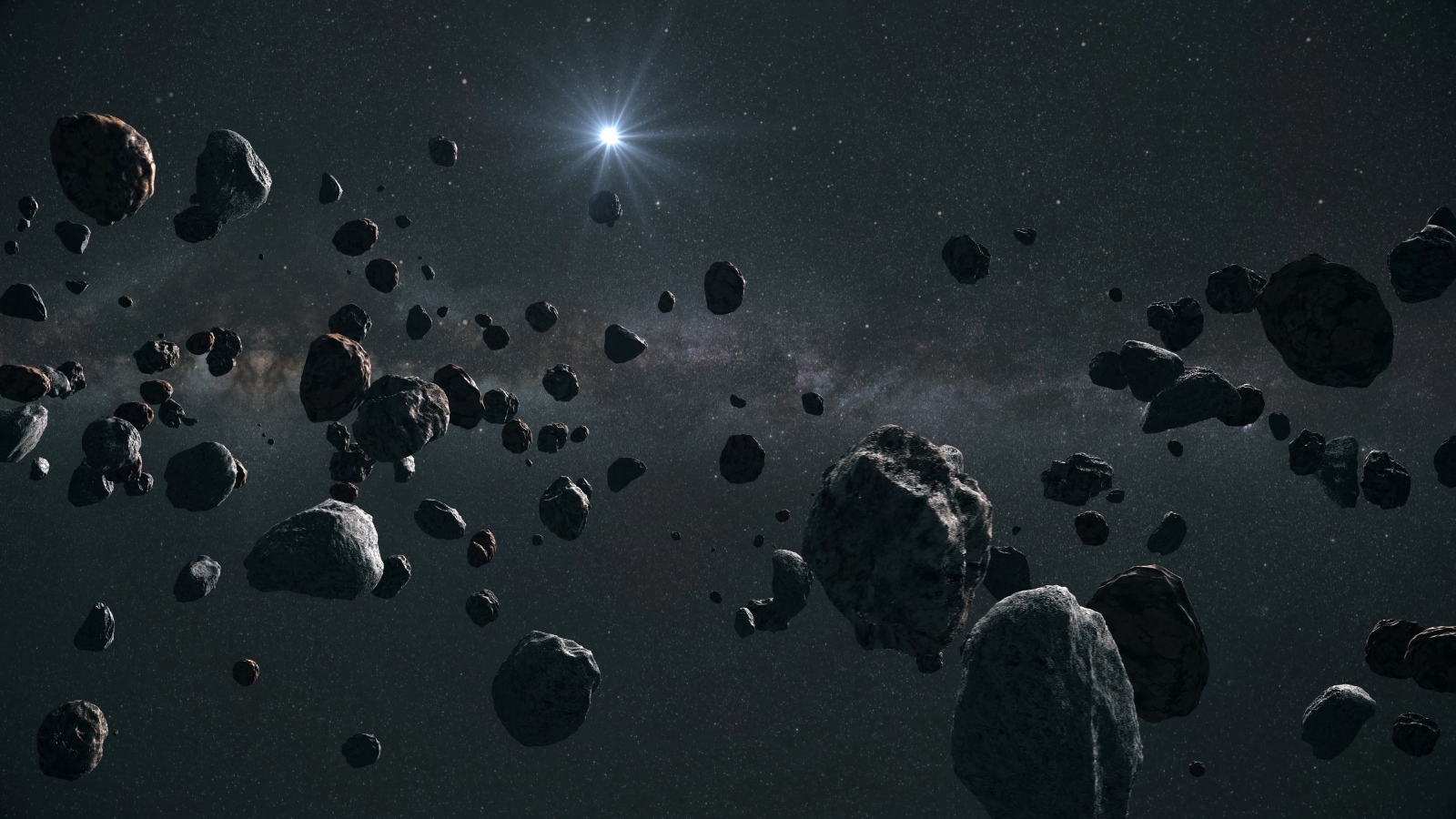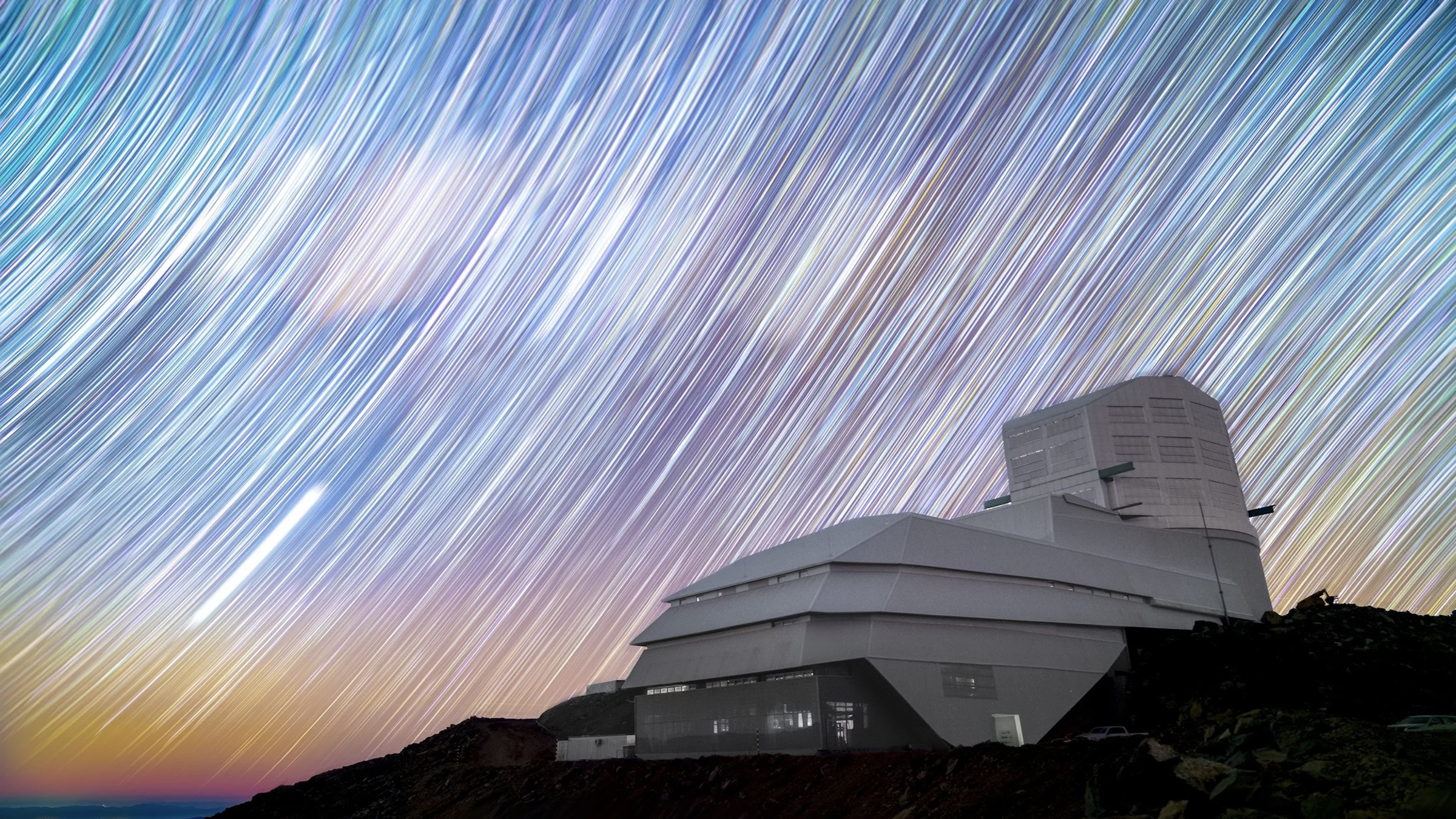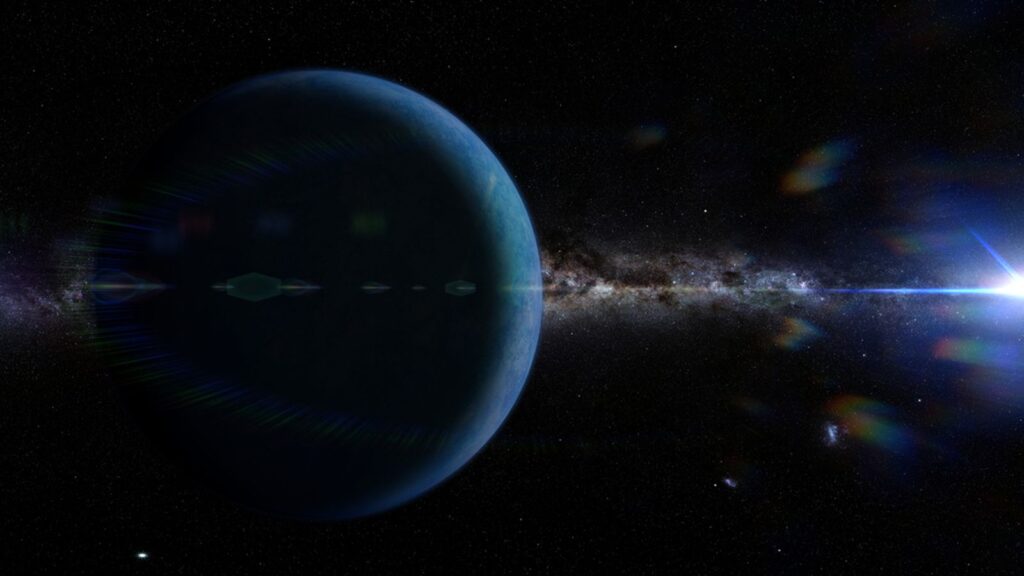Astronomers believe they have discovered evidence of a previously unknown ninth planet lurking in a not-too-distant region of our solar system. The virtual world, dubbed “Planet Y,” is about the same size as Earth and could exist alongside another popular Planet Nine candidate, and if both are confirmed, it could bring the number of planets in our cosmic neighborhood to 10.
But despite researchers’ claims that this newly theorized world could be discovered within three years, there is no evidence of its existence and some experts are skeptical of the new discovery.
you may like
This virtual world, also known as Planet
Now, in a study published August 21 in Monthly Notices, a journal of the Royal Astronomical Society, another group of researchers claim to have found evidence of an entirely new Planet Nine (P9) candidate, which they have named Planet Y. This virtual world, also located in the Kuiper Belt, could be about twice as close to Earth as Planet X, and could be much closer in size to our planet. The researchers noted that its potential existence does not discount the Planet X theory.
The research team reached this conclusion after analyzing the orbits of 50 Kuiper Belt Objects (KBOs) and finding that they are tilted by about 15 degrees compared to other planets in the solar system. Only a hidden world, they argued, could explain this tilt.
“We started coming up with non-planetary explanations that could explain the tilt, and it turns out we actually need a planet there,” study lead author Amir Shirazi, an astrophysicist at Princeton University, recently told CNN. “This paper is not a discovery of a planet,” he added. “But it is certainly the discovery of a puzzle for which a planet might be the solution.”

Based on their calculations, the research team believes that Planet Y is probably a rocky world with a mass between the masses of Mercury and Earth. This is significantly less than the hypothetical mass of Planet X, which has been proposed as a gas giant planet with up to 10 times the mass of Earth.
Researchers also propose that Planet Y is located 100 to 200 times further from the sun than Earth. This is not far beyond the orbit of Neptune, which orbits the Sun at a distance 30 times the distance between Earth and the Sun, and much closer than Planet X, which is likely at least 400 times farther from the Sun than Earth. (At these distances, both planets reflect very little light back to Earth, making them difficult to spot directly.)
If it existed, Planet Y would also be tilted by up to 10 degrees compared to the orbital plane shared by the eight known planets, another factor that would make it difficult to detect, the researchers wrote.
you may like
But not everyone agrees with the new proposal.
Samantha Lawlor, an astronomer at the University of Regina in Saskatchewan and a critic of the Planet Astronomer Patrick Sophia Likauka of Japan’s Kindai University, who specializes in the KBO, said Planet Y is “plausible” but added that more observations are needed before it can be considered a likely possibility.
To definitively prove the existence of Planet Y or Planet X, researchers will either have to get very lucky and directly observe the elusive world, or find more KBOs that fit the pattern they’ve discovered.

That may not take long, thanks to the newly opened Vera C. Rubin Observatory in Chile, which has begun scanning the night sky with the world’s largest digital camera. Many experts believe this investigation could uncover thousands more KBOs in the coming years and provide the data needed to solidify these theories.
“I think within the first two or three years.” [of the observatory’s mission]”If Planet Y is within the field of view of the telescope, we will be able to find it directly,” Siraj said.
But equally, if researchers don’t find what they’re looking for within this period, either theory could disappear forever.
Other Planet Nine candidates
Planet Y is not the only alternative P9 candidate to emerge in recent years. Several other hypothetical worlds have been proposed, but all have been largely disproven.
In May, researchers discovered a faint infrared dot that they believe could be Planet 9. However, this discovery was largely ignored. This is because the object responsible for this measurement must be orbiting the sun in a plane perpendicular to the rest of the planets, which is highly unlikely.
It’s also possible that multiple rogue planets (worlds expelled from alien systems and captured by the Sun’s gravity) lurk even further from our home planet. In 2023, Siraj’s calculations revealed that the outermost reaches of our solar system could harbor up to five rocky, Earth-like planets.
Some astronomers have also proposed other explanations for Planet X, such as that the gravitational anomaly is caused by a baby black hole or is the result of another form of gravity that is not yet understood. Some have suggested that this lost world may be smaller than we think and instead surrounded by dozens of moons.
On the other hand, some experts believe that several recently discovered dwarf planet candidates in the Kuiper belt (including 2017 OF201 and 2023 KQ14, announced in May and July, respectively) make it less likely that Planet X exists because these objects do not behave as the theory predicts.
All we can be sure of for now is that there is still much to learn about our cosmic neighborhood’s vast backyard.
Source link

